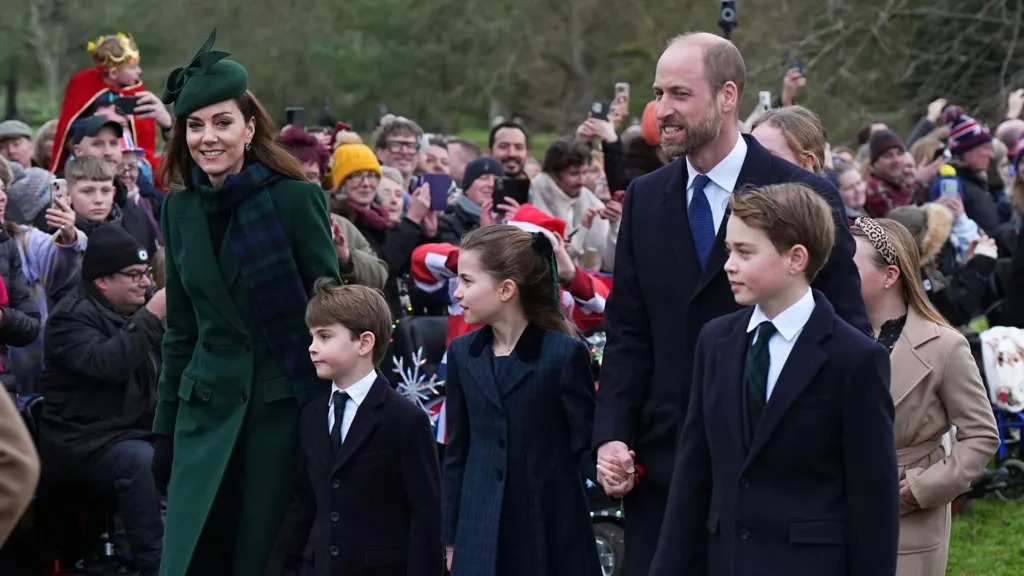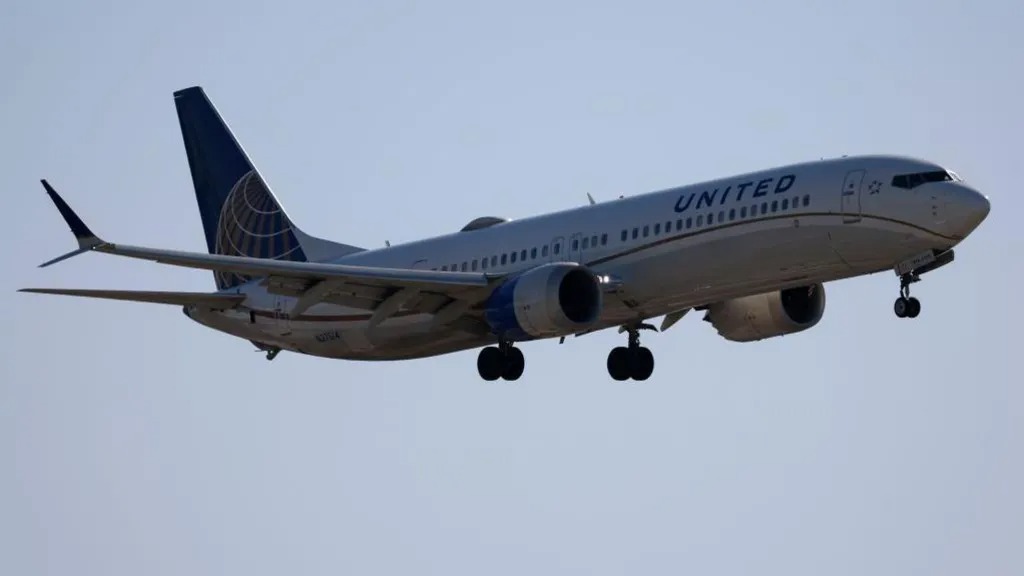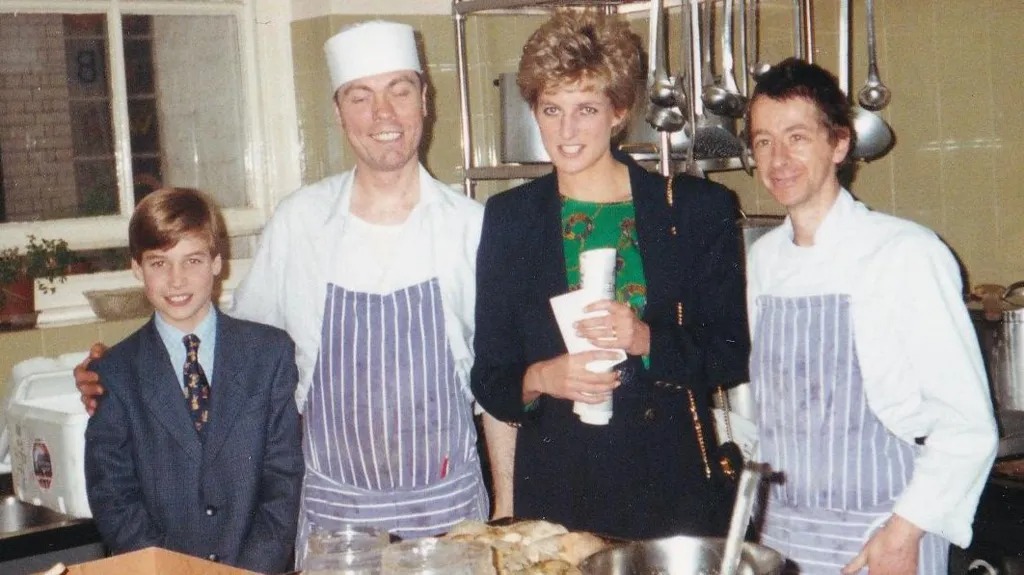COACHELLA, Calif. (AP) – Amid the high-stakes battle for the presidency in key states like Wisconsin and Pennsylvania, Donald Trump chose to spend his Saturday evening in California, a state known for its liberal leanings. In Coachella, a city famed for its annual music festival, Trump attempted to tie Vice President Kamala Harris to what he termed as the failures of her home state.
Despite California being a state Trump is almost certain to lose, he seized the opportunity to lambast the state’s challenges, including homelessness, water shortages, and affordability issues. Harris, the Democratic nominee, previously served as California’s junior senator and attorney general. “We’re not going to let Kamala Harris do to America what she did to California,” Trump declared, dubbing the state “Paradise Lost.”
In 2020, Trump lost California by a significant margin, yet he secured over 6 million votes—more than any previous GOP candidate—and achieved over 70% support in some rural, conservative counties. This substantial support base presents a potential reservoir of volunteers for state races and phone banking efforts in more contested regions. Furthermore, Trump’s visit garnered media attention in the Los Angeles market, the nation’s second-largest.
Trump’s stop in Coachella was part of a broader campaign swing, including a roundtable with Latino voters in Las Vegas and a rally in Prescott Valley, Arizona. Both Nevada and Arizona were narrowly lost to Joe Biden in 2020. Attendees braved temperatures nearing 100 degrees Fahrenheit to see Trump, expressing enthusiasm despite their expectations of a state loss.
“It’s like a convention of like-minded people,” remarked Tom Gibbons of Palm Desert, who had supported Trump since 2016 but was seeing him in person for the first time. “Everybody understands the heartbeat of America, the plight of the working man … It’s reassuring.”
Tim Lineberger, a former communications director for Trump’s 2016 Michigan campaign, emphasized Trump’s strategy of energizing his base in California. “He’s coming here and activating that,” Lineberger said, recalling Californian efforts in swing states during the 2016 election. He described the move as “an aggressive, offensive play.”
California remains a significant source of campaign funding for both parties, with Trump’s visit including fundraising activities. Photos with Trump in Coachella were priced at $25,000, while a “VIP Experience” cost $5,000.
During his 80-minute speech, Trump criticized the state’s handling of illegal immigration, homelessness, and regulations, while also addressing a contentious water rights issue involving the endangered Delta smelt. He accused Governor Gavin Newsom of failing to support farmers and threatened to withhold federal fire relief funds.
Republican consultant Tim Rosales suggested that Trump’s visit aimed to boost voter turnout and energize Republicans in California, particularly with crucial congressional races on the line. Former California Republican Party chairman Jim Brulte speculated that Trump might be seeking to win the popular vote in addition to the Electoral College, noting California’s large number of registered voters.
Despite his ties to the state, including the Trump National Golf Club Los Angeles, Trump has had a fraught relationship with California, which has not voted for a Republican presidential candidate since 1988. He frequently portrays the state as emblematic of America’s problems, often clashing with its Democratic leadership.
Governor Newsom, anticipating Trump’s critical remarks, highlighted California’s status as the world’s fifth-largest economy and its recent surpassing of all other states in the number of Fortune 500 companies. “You know, that’s not what Trump is going to say,” Newsom predicted.
Contributors: Blood reported from Los Angeles. Associated Press writers Thomas Beaumont in Las Vegas and Nicholas Riccardi in Denver also contributed to this report.




